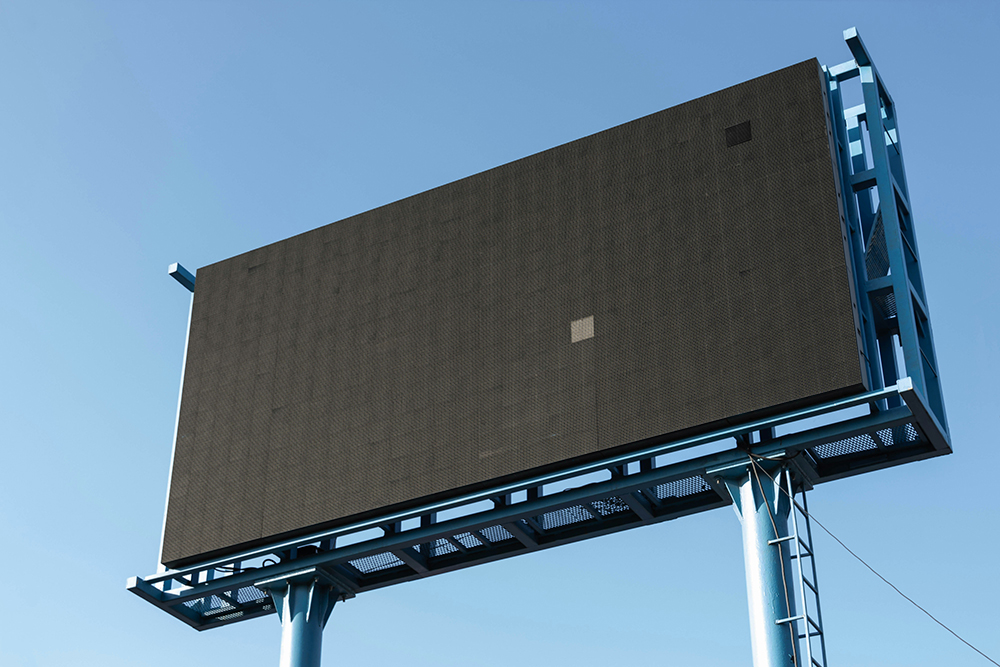
Photo by Pawel Czerwinski.
Is this you? Or is this your direct report?
“I expressed myself multiple times to my team how I was failing under pressure, between the bullying and burnout. After my exit ..., they split my position into two different people. Both being white individuals.”
Who gets the good projects where you work?
“All the good opportunities were funneled towards the star European teams, then we, the only non-white creative duo, were assigned whatever projects they deemed were below them.”
Who owns inclusion in your workplace?
“This was an important teaching moment, and instead of learning how to navigate through these complex situations, we were taught to suck it up and grow a thicker skin because that’s just how the industry is.”
These are just some of the racist microaggressions collected by the creatives behind Welcome To Advertising, a new microsite that aims to amplify the lived experience of Black professionals working in the advertising and communications fields.
It is one of the initiatives from the team behind Allyship & Action, the anti-bias platform and event series. Pilar McQuirter and Scarlett Tanous of the Allyship Army, the creative pod behind Allyship & Action, led the project.
“The team had a very passionate discussion about their experience working in the advertising industry,” McQuirter said in a statement. “The end result is the first volume of the microsite. The goal is to cause a ripple effect in how both agencies and clients can support their POC talent.”
Two things stand out about this project.
First, the stories were collected after much-needed and surprising gains in representation in the advertising industry.
According to Bureau of Labor Statistics data, Black talent working in advertising, public relations, and related fields reached a 20-year high of 11.2% in 2023, findings which include a welcome uptick for other underrepresented groups. (This article from HR Dive uses different data to find 7.2% in the advertising sector alone.)
Kai D. Wright, Columbia University lecturer, strategy advisor, and author (Follow the Feeling: Brand Building in a Noisy World), shows how these gains were achieved — and lost and gained again — in this Ad Age piece.
The effort began in 2004, jump-started by New York City’s Human Rights Commission, which noted the lack of diversity in one of the city’s most important employers. Public hearings about the economic impact on Black communities of underrepresentation in advertising led to a series of enforceable oversight agreements in 2006 that compelled the chastened agencies to diversify.
Turns out, it was good for business.
From Wright’s piece:
“From 2004 to 2012 — as the advertising industry invested in a foundation for DE&I through forced government intervention — the stock price of every major holding company outpaced the S&P 500 with 25-50% growth (excluding IPG). While correlation does not imply causation, three factors co-existed: clear public DE&I goals tied to race, accountable third-party oversight and positive financial performance that led to business growth.”
Progress was not a straight line.
Though advocacy remained strong, momentum had flagged by 2016, and Black representation in the industry fell from peaks of roughly 9% to a 20-year low of 4.1%. But public pressure, the stress of the pandemic, and the reckoning following George Floyd’s murder resurfaced representation as an urgent issue for brands and advocates alike.
Among the most vocal was Bennett D. Bennett, creative director, content strategist, and co-founder of 600 & Rising, an organization dedicated to advocating for and advancing Black advertising employees. It began life as an open letter from more than 600 Black employees in 2020 asking for the industry to turn its promises of racial inclusion into reality.
“We’ve been collecting these stories for a long time,” says Bennett, who is also a partner in Allyship & Action. And more are coming — which is both a problem and an opportunity.
While history shows that advertising can successfully attract and prosper from Black and BIPOC talent and diverse teams, these stories make it clear that the industry is not yet ready to welcome them, he says. “We want this to be a blueprint for doing and being better.”
And this is where the project stands out.
The site offers important context from Mark Wilson, Ph.D., an expert on homogenized work cultures and the executive vice president and director of strategic inclusion for FCB Chicago.
For the person who was replaced by two white people (the full story is here), “the cumulative effects of discrimination and unfair treatment in the workplace often shows up as mental and emotional exhaustion in the POC agency worker,” Wilson explains.
For the person looking for a teachable moment, those unaddressed racist issues inevitably lead to institutional inertia. “Passive acceptance and willful ignorance only serve to strengthen the insidious nature of discrimination and racism within an agency culture,” Wilson says.
These are leadership lessons wrapped in pain.
“If you want diversity efforts to work, and for people to stay and your business to thrive, allyship is the way,” Bennett says. Allies need expert coaching, training, and long-term support. “The work is hard, but the alternative is harder.”
A version of this essay was originally published in the Equity Observer email newsletter. Catch up on past issues here. Sign up for insightful commentary, breaking news, and community shout-outs delivered twice weekly. Find your people.

